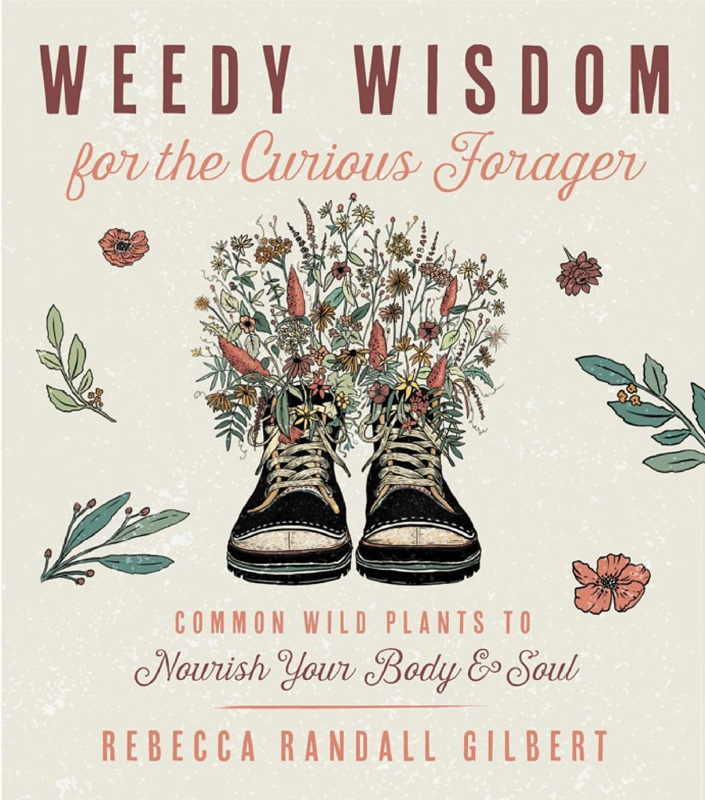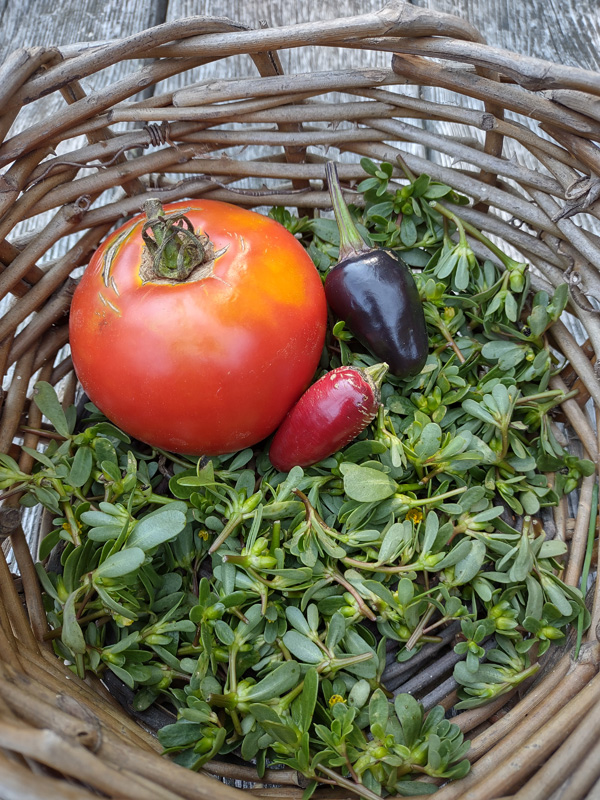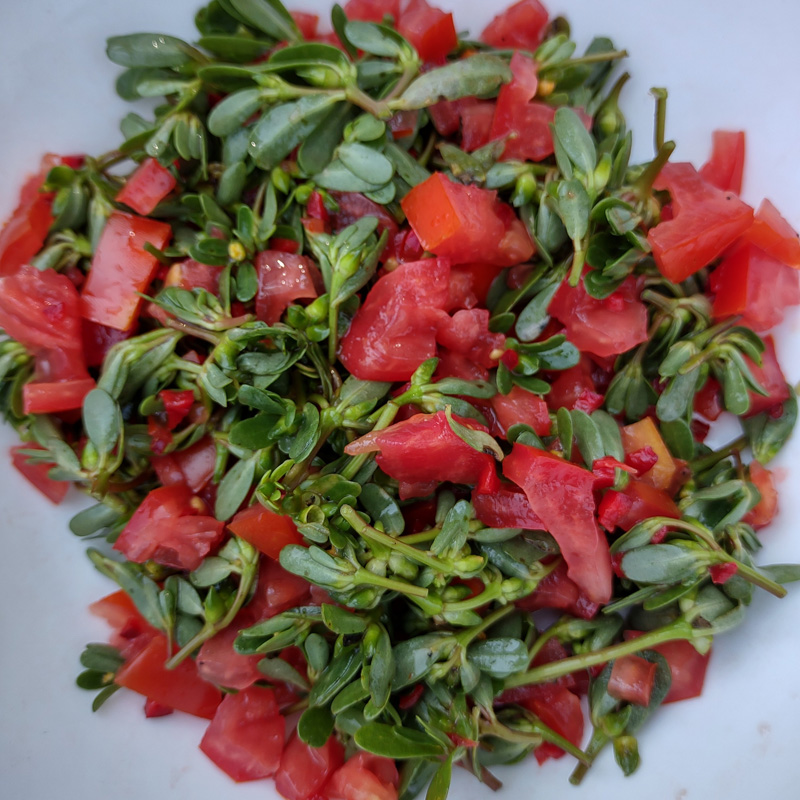
There is so much to admire about Rebecca Randall Gilbert’s “Weedy Wisdom,” particularly because it was born out of community, curiosity, and a profound respect for our natural world, which are three things I deeply appreciate. There is also the fact that the book stands on its own. So while I live a stone’s throw from Rebecca’s Native Earth Teaching Farm and could easily go talk to her, I don’t feel the need to get more explanation as to why or how she wrote the book, nor do I feel a need for clarification of its contents. Pretty amazing, right?
But let me back up for a moment and give you a few waypoints on what it is, and why it is so important to have a copy of this gem of a book on your bookshelf. Gilbert’s book grew out of a collaboration and foraging class with Camp Jabberwocky, which was initiated by a question from a man named Scott: “Do you have any medicinal plants in your garden?” To which Rebecca replied, “I like to use weeds.” The book is based on eight classes on foraging where Rebecca explains why people might forage and how. Lunar and solar harvesting techniques, history, and recipes are sewn in.
My first experience with foraging was when I was a child, and my mom’s friend Julie Boegehold taught me some wild mushroom hunting basics (with a lot of cautionary tales!). She gave me the “Audubon’s Field Guide to North American Mushrooms,” and showed me how to identify them by taking spore prints with brown and white paper. On our first venture out, Julie and I found a huge chicken of the woods growing on the side of a tree. Julie was gleeful. We sautéed the mushrooms with some shallots and fresh thyme, and folded them into omelets. The mushrooms were heaven. And it felt so special to be able to march out my back door and find food in the wild that we could eat. Since then, I’ve foraged all over the place — looking for greens while backpacking in the Wyoming and Colorado wilderness, crunching on lamb’s ears in New Hampshire and Vermont, picking huckleberries in Maine and Canada, finding sassafras, watercress, and nettle on the Vineyard. The thrill of finding food in the wild never gets old. And Gilbert makes a wonderful case for eating invasives, pointing out plants we can eat that will actually help nature if we consume them.
This book reminded me of that magical mushroom-foraging experience with Julie. It’s not a comprehensive tome. Instead, it can stroll with you in your backpack, and reads like a dear friend, taking you by the hand and saying, “Come over here. I have something really cool to show you.”


Purslane Salad
1 cup purslane tips, rinsed 1 large old-fashioned tomato: cut in half, most of the juice and seeds squeezed out, and coarsely chopped 1 or more peppers, minced, sweet or hot as you prefer (I like fully ripe Czech Black peppers, which are mildly hot, but not wicked.)
Toss and serve fresh.

Purslane Stem Quick Pickles
Break the purslane stems into lengths and toss them in a jar of leftover pickle juice, sweet or sour, commercial or homemade, any kind you like. If you have no pickle juice, use half water and half vinegar. Let the stems sit in the pickle juice in the fridge for a day or two for a crunchy lemony pickle-y treat that is terrifically healthy as well as tasty.
“Weedy Wisdom for the Curious Forager: Common Wild Plants to Nourish Your Body and Soul” by Rebecca Randall Gilbert, $16.99, paperback. Available at Bunch of Grapes Bookstore in Vineyard Haven, and online.